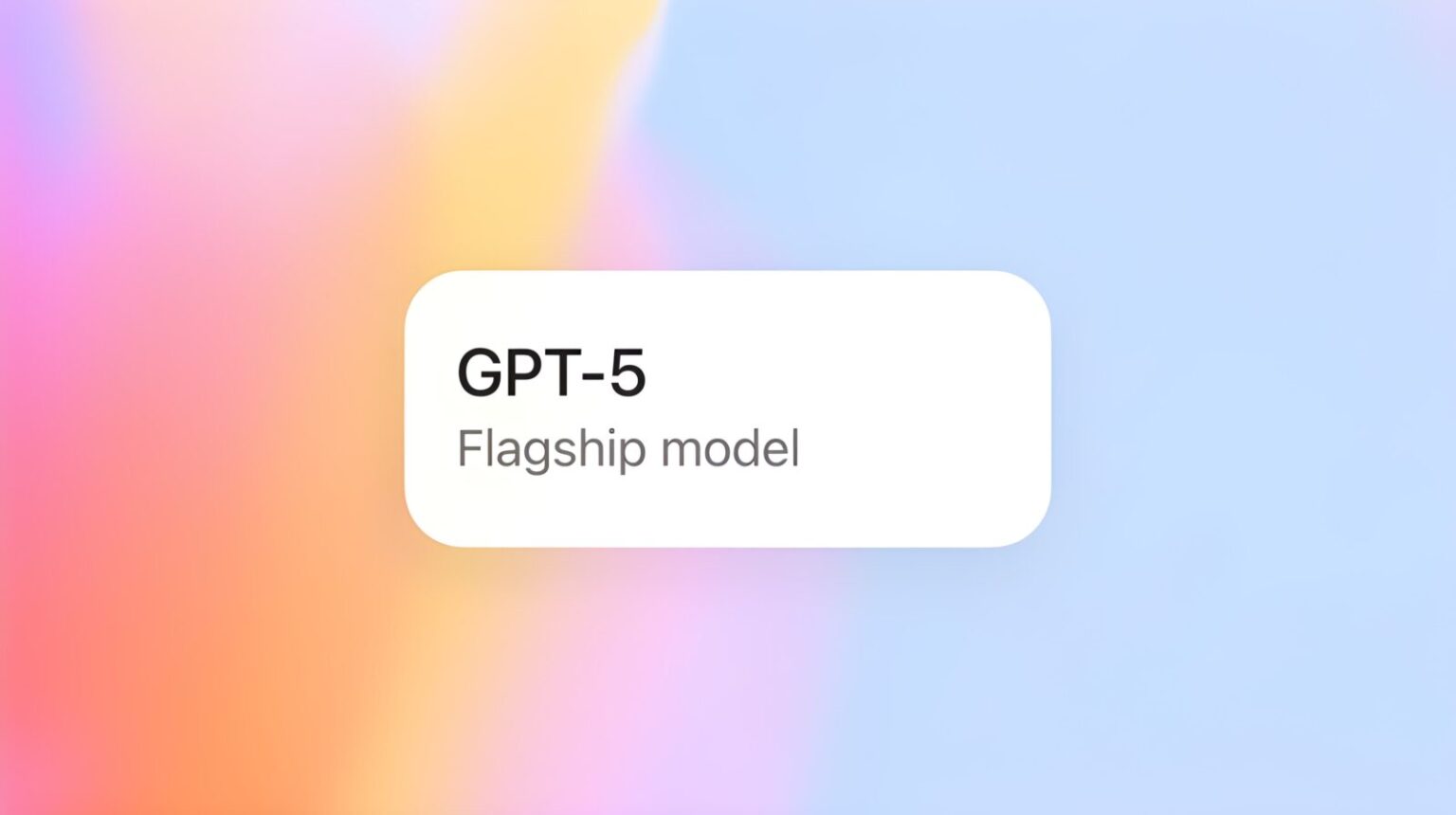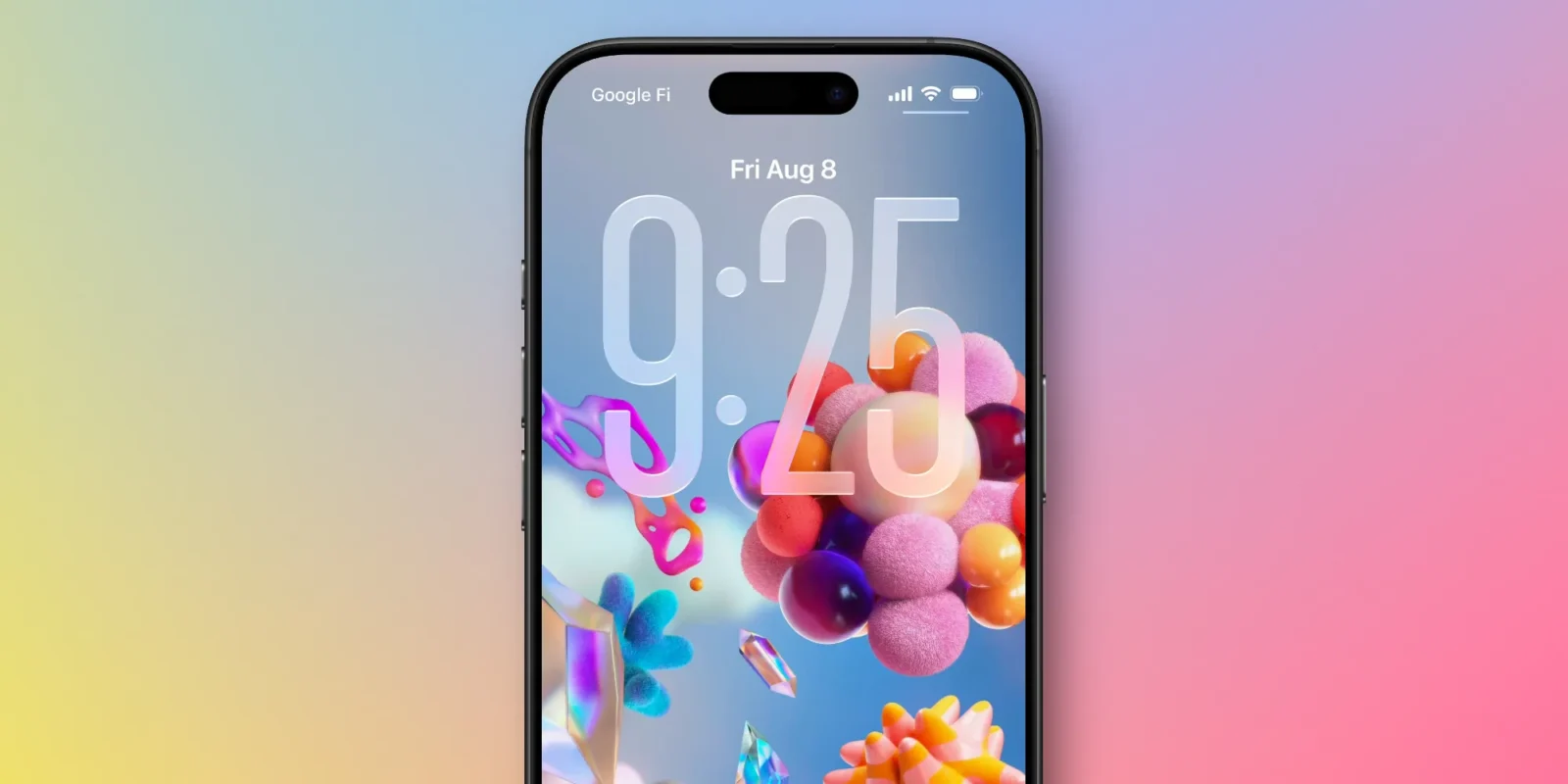OpenAI’s rollout of GPT-5 has stirred mixed reactions, particularly among ChatGPT Plus subscribers who feel the update has reduced, rather than expanded, their access to advanced features. The new model, which brings notable improvements in reasoning, coding, and tool integration, is now available to all ChatGPT users, including those on the free tier—a first for a flagship release. However, these broader access changes come with new message caps that many paying users see as a downgrade.
Under the updated system, free-tier accounts can send up to ten GPT-5 messages every five hours, with just one daily interaction allowed with the more resource-intensive “GPT-5 Thinking” mode. Once limits are reached, the system automatically shifts to the lighter GPT-5 mini. Plus subscribers now have a higher allowance of 80 GPT-5 messages every three hours, but the “Thinking” model is restricted to just 200 messages per week. For comparison, prior versions gave Plus users essentially unlimited use of older “thinking” models such as o3 and o4-mini. The Pro tier remains the only plan with unlimited GPT-5 access.
These restrictions have drawn sharp criticism from long-time Plus customers. Some point out that, in practical terms, the new caps make it harder to consistently access the deeper, more deliberative reasoning modes they previously relied on. Others argue that framing this as an “upgrade” is misleading when daily functionality for paying users has been reduced. A few have suggested prompt-level workarounds, asking GPT-5 to “think longer” to emulate the more thorough processing of the Thinking model, but this is seen as an imperfect solution.
OpenAI has not yet indicated whether it will adjust these limits in response to the backlash. The company faces a balancing act: keeping advanced AI widely available without overloading infrastructure, while ensuring that paying customers continue to see clear value in their subscriptions. How the company navigates this tension will likely determine whether GPT-5 is remembered as a milestone in accessibility—or as a turning point that eroded subscriber trust.






